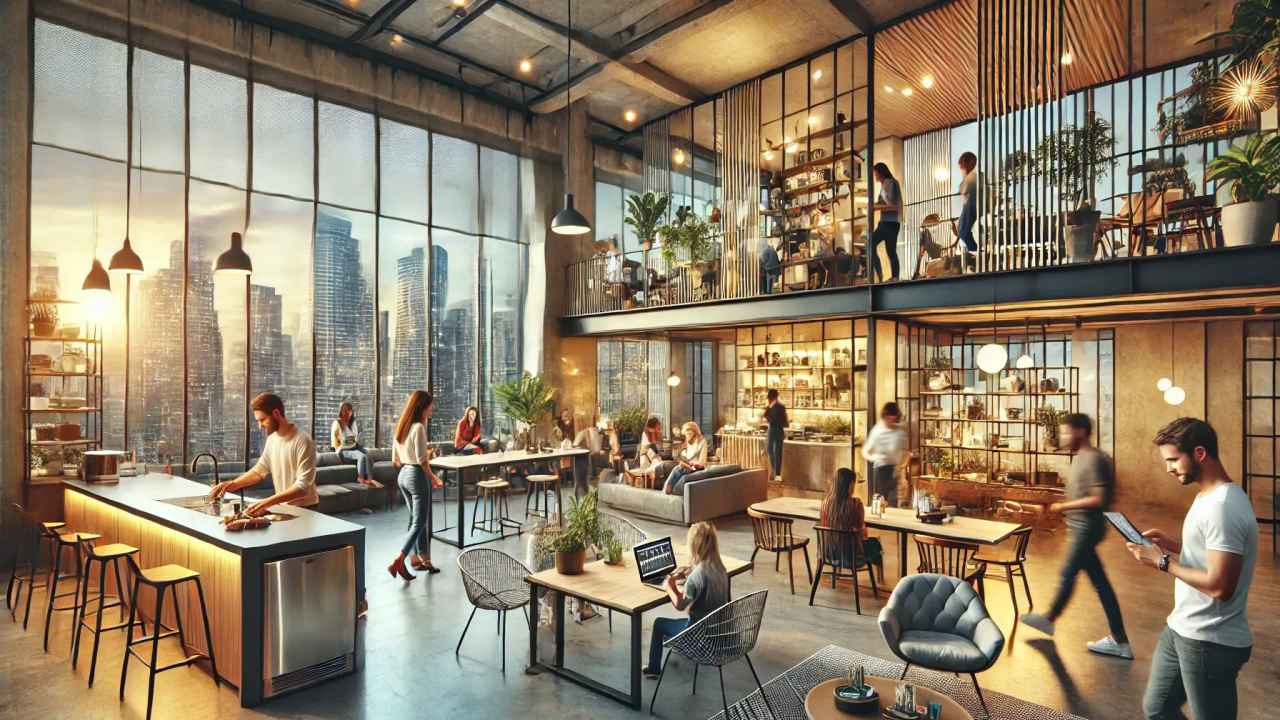dreamabodefinder.com – As urban populations continue to swell and housing affordability remains a pressing concern, co-living spaces have emerged as a transformative solution in the real estate landscape of 2025. These communal living arrangements, where residents share amenities and common areas while maintaining private bedrooms, are gaining traction among millennials and Gen Z professionals seeking affordability, flexibility, and community.
Industry experts note that co-living developments are particularly thriving in metropolitan areas where traditional rental prices have soared. By offering fully furnished units, inclusive utilities, and shared services like cleaning and social events, co-living operators provide a hassle-free living experience that appeals to younger demographics.
From an investment perspective, co-living properties present attractive returns. Higher occupancy rates and the ability to charge premiums for furnished, flexible-term leases contribute to robust revenue streams. Real estate developers are increasingly converting underutilized properties into co-living spaces, capitalizing on this growing demand.
However, the rise of co-living is not without challenges. Regulatory frameworks in many cities are still catching up, with zoning laws and housing codes needing adjustments to accommodate these new living models. Additionally, ensuring a sense of community while respecting individual privacy requires thoughtful design and management.
Looking ahead, the co-living trend is poised to reshape urban housing norms. As more individuals prioritize experiences over possessions and seek connections in their living environments, co-living offers a compelling alternative to traditional housing, reflecting broader shifts in societal values and lifestyle preferences.





